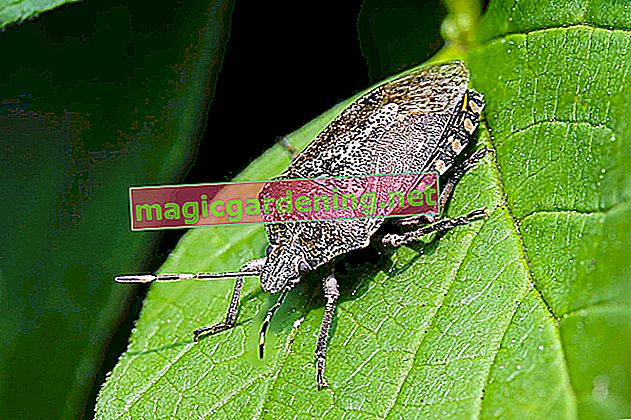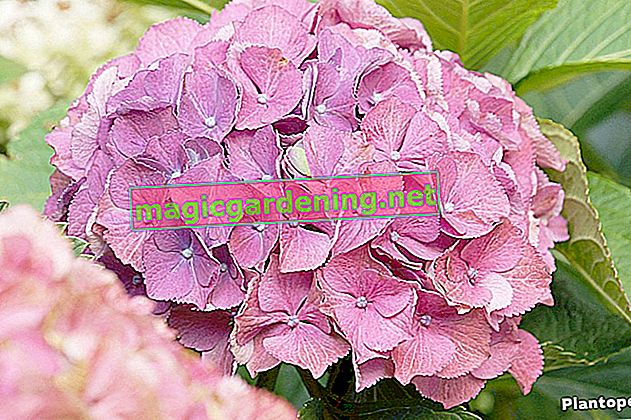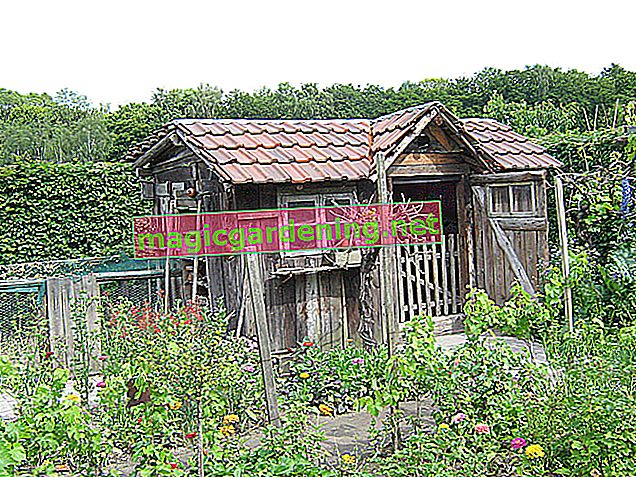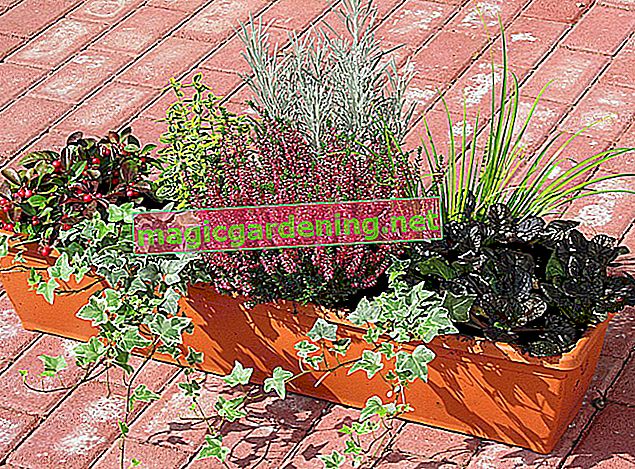
How is pouring?
The Kalanchoe stores water in the thick, fleshy leaves. This enables the plant to survive even in dry areas where almost nothing else grows. This makes watering really easy, because it is usually sufficient to water once a week.
also read
- Proper care of the Kalanchoe Madagascar
- Proper care of the Kalanchoe Humilis
- Caring for the Kalanchoe Thyrsiflora
It is only poured if the substrate feels dry to the touch, even at a depth of a few centimeters. Rainwater or soft water are ideal, but the plants also get along well with tap water that is not too hard. However, the Kalanchoe does not tolerate waterlogging at all, so pour away excess liquid in the saucer after a few minutes.
How is fertilization done?
Plants cultivated in pots only have a very limited supply of nutrients and therefore have to be fertilized regularly. Succulents, on the other hand, are very frugal, so the nutrient supply is a little different than with many indoor plants:
- If repotted annually, there is no need to fertilize.
- If you repot less often, fertilizers are only required in the second year.
- Then fertilize once a month with a commercially available cactus fertilizer.
humidity
In contrast to many other indoor plants that thrive in tropical regions such as Madagascar, the Kalanchoe copes well with dry indoor air. Regular spraying of the leaves is also not necessary.
When and how is repotted
If you want to save yourself fertilizing, simply repot annually. Otherwise, repotting always takes place when the planter has become too small. The best time for this care measure is early spring, before the plant has the first flowers.
As in their natural home Madagascar, the earth should be well drained of water. A mixture of:
- 50 percent cactus soil
- 50 percent perlite, expanded clay (€ 17.50 at Amazon *) or quartz sand. (€ 14.90 at Amazon *)
The pot must have a good drainage point, which you cover with a pottery shard. Then fill in a drainage layer made of coarse gravel or expanded clay.
Newly bought Kalanchoes are often in conventional potting soil, which is mixed with a little styrofoam to loosen it up. Replace this substrate as quickly as possible with a soil that is more suitable for succulents.
When and how to cut
Unless the shoots become too overgrown, you do not have to cut back the Kalanchoe. Only the dead leaves and faded should be removed regularly. Always use a very clean, sharp knife. This avoids bruises on the fleshy stems and reduces the risk of pathogens entering.
Diseases
Despite the fact that this plant is so robust, there is a risk of plant diseases if it is cared for and if the indoor climate is poor.
Root rot
Root rot occurs quite often due to waterlogging. The first sign that you meant too well with your watering is rapid growth of the shoots, but the leaves themselves remain very small. In the wet soil, putrefactive bacteria spread, which damage the roots. These can no longer transport water and the plant dries up.
Repot the plant, removing all damaged parts of the roots. Water significantly less in the future. In many cases, the kalanchoe will recover well from the damage.
mildew
Indoor plants can also be attacked by this fungal disease. Hot summer days, open windows and drought promote it. There is a flour-like, grayish white coating on the leaves of the Kalanchoe. Remove infected shoots immediately and dispose of them with household waste. Sprayings are only necessary in exceptional cases.
Which pests are threatening?
While some species seem to be downright immune to pest infestation, other Kalanchoes are quite susceptible to infestation with leaf lice, mealybugs or mealybugs. Black weevils or thrips also like to settle on some varieties. If you discover the little pests, the Kalanchoe must be placed individually and treated with a suitable spray.
Important for flower formation: the hibernation
During the winter months, you should place most Kalanchoe varieties significantly cooler than in the summer months. A temperature between 8 and 13 degrees is ideal.
An exception is the Flaming Käthchen (Kalanchoe blossfeldiania). This species is cared for all year round at room temperatures. In order for it to bloom magnificently, however, this Kalanchoe must only be exposed to light for about eight to nine hours for about two months.
Tips
If the room in which the Flaming Katy stands is artificially lit, the plant often does not bloom. In this case, simply cover the little blooming miracle with a cardboard box in the evening hours.









